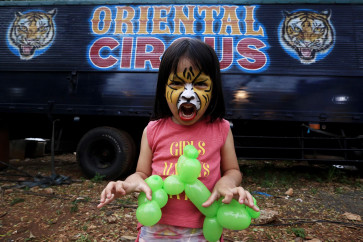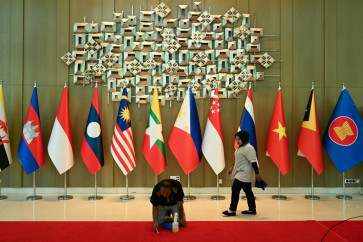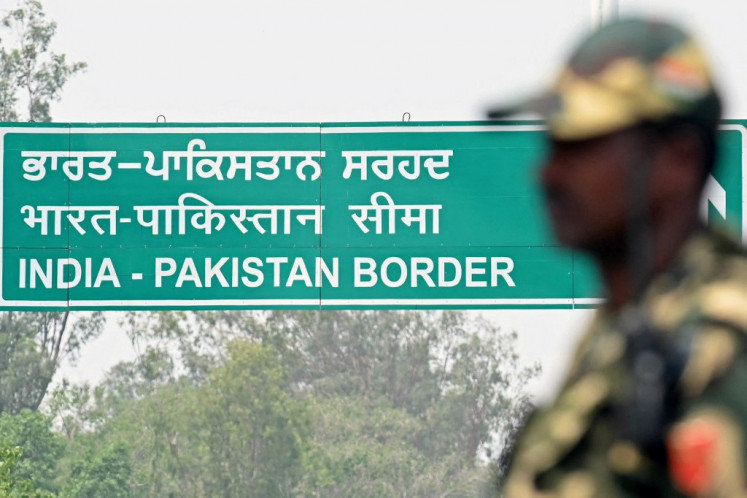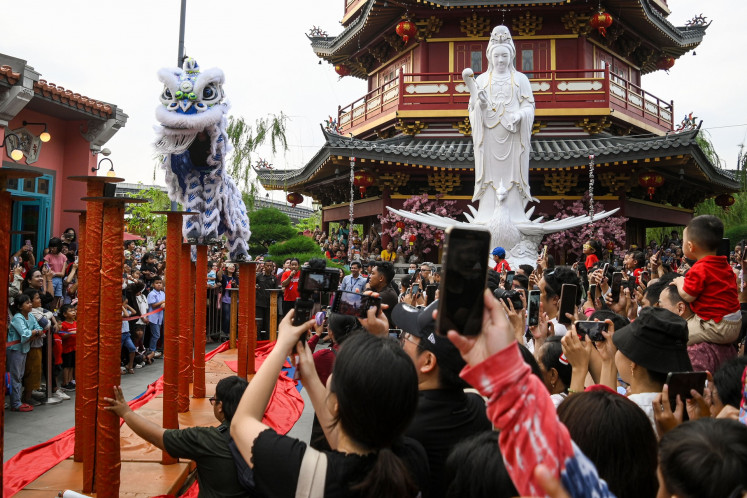Women and Islamic microfinance
Middle-income countries (MICs) are those with a per capita gross national income (GNI) of between US$1,026 and $12,475 (World Bank, 2011)
Change text size
Gift Premium Articles
to Anyone

M
iddle-income countries (MICs) are those with a per capita gross national income (GNI) of between US$1,026 and $12,475 (World Bank, 2011). Although there has been moderate economic growth in MICs, most have not been able to reach a higher income level. Of the 101 countries classified as middle income in 1960, only 13 went on to become high-income countries in 2008.
Countries stuck in the middle-income level were experiencing the middle-income trap. This issue triggers socioeconomic problems such as poverty. As reported by the World Bank (2011), MICs still account for 73 percent of the world’s poor.
However, the World Bank defines poverty in absolute terms, which is extreme poverty (earning less than $1.90 a day) and moderate poverty (earning less than $3.10 a day) (Jolliffe and Prydz, 2016). However, poverty also involves moral and social dimensions. Sen (1981) initiated discussion on the multidimensionality of inequality and deprivation. He said equality was measured by comparing the possessions of a person to that of another. Hence, the judgment of inequality is entirely dependent on the particular possession that is being compared. Just as how someone can be poor in one variable, but not poor in another variable.
Anand and Sen (1997) developed the Human Poverty Index (HPI), which measures deprivation according to freedoms in survival, knowledge and decent standard of living. The HPI was then replaced by a more robust index called the Global Multidimensional Poverty Index (MPI) developed by Oxford Poverty and Human Development (OPHI) and United Nations Development Programme (UNDP). According to the MPI, about 29 percent of the world’s population — or 1.5 billion people — in 102 countries are living in multidimensional poverty, and two-thirds of them are women (United Nations, 2015).
Furthermore, the majority of the non-poor are vulnerable to poverty as they are found just above the poverty line. Any macroeconomic factors can push them down to impoverishment. Considering the high percentage of poverty and its multidimensionality, providing employment to the poor cannot fully solve poverty since it does not guarantee them experiencing an improvement in quality of life.
The government needs to ensure that policies and access to financial services and productive assets, as well as education and skills development are provided to the poor, according to the MPI. A high degree of MPI in a country is a major threat since it jeopardizes social, economic and political stability. Conversely, countries with more equal wealth distribution tend to grow faster and more stable.
Islamic finance is a system of finance based on Islamic law. It aims to achieve socioeconomic equality and justice (Dhumale and Sapcanin, 2006). All the instruments and transactions are based on fairness, which is why it is often referred to as ethical finance. Unlike conventional finance, in which the context is limited to banking and financial services, Islamic finance also includes other form of social finance that rely on Muslims’ ontological sources (the Quran and hadith) such as zakat, waqf and sadaqah. With the objective of Islamic finance being the achievement of socioeconomic equality, it can be employed as a tool to alleviate multidimensional poverty in countries facing the middle-income trap.
Ali (2017) looked at the failure of NGOs and governments in alleviating poverty through their well-known models and how microfinance can be the solution to improve the living conditions of the people in North-East Kenya. Hassan (2014) examined the effectiveness of South Andaman, a Muslim NGO in India that linked Islamic microfinance programs with income-generating activities. He found that the aforementioned integration had contributed to the reduction of poverty in India. However, there are still challenges that need to be addressed, such as whether social capital needs to be included to effectuate the impact of Islamic microfinance as well as the responsibility of the government in poverty alleviation.
Despite the success of microfinance, there needs to be a new outlook in regard to mitigating the multidimensionality of poverty. Women’s potential in eliminating socioeconomic inequality is still hugely untapped and oftentimes neglected. The role of women in economic development has been insufficiently valued.
In microfinance, research has shown that women are inherently better borrowers than men. However, inadequate access to financing has caused many women to become substantially destitute. That being said, empowering women to resolve multidimensional poverty could be an unconventional approach that can close this never-ending case. To address multidimensional poverty, a “one-size-fits-all” approach must be avoided, and country-specific approaches are needed (Messkoub, 2001).
As mentioned in a World Bank (2001) report, to attack poverty, we need empowerment, security and protection. With the number of NGOs worldwide having reached 10 million (Non-profit Action, 2015), increased attention toward gender equality and the role of Islamic finance in poverty alleviation, basic income guarantee-linked Islamic microfinance and waqf-based microfinance can be employed as models to help effectuate women’s roles in the economy and achieve the development agenda in developing countries.
_____________________________
The writer is a research fellow at Bank Indonesia. She holds a master’s degree in Islamic finance and management from Durham University, UK. The views expressed are her own.









